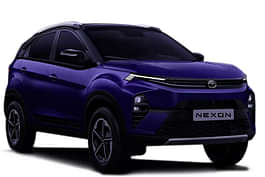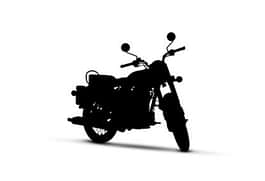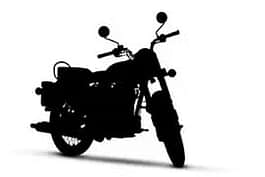
Now that the covers from the Compass facelift have been taken off with the pricing revealed, there are chances that many of you will compare the Harrier and the Compass and fall into a dilemma. Read this article of ours to see as to how the recently launched Jeep Compass Facelift compares vs the Tata Harrier so that your dilemma gets cleared.
So how do these two highly capable vehicles fare up against each other
1. Powertrain Options - Here are the powertrain options of the two vehicles at a glance.
| Vehicle | Jeep Compass Facelift Petrol - 1.4 Turbo Petrol | Jeep Compass Facelift Diesel - 2.0 Turbo Diesel | Tata Harrier - 2.0 Turbo Diesel |
| Power | 160 bhp @ 5500 rpm. | 168 bhp @ 3750 rpm | 168 bhp @ 3750 rpm |
| Torque | 250 Nm @ 2500 rpm | 350 Nm @ 1750 rpm | 350 Nm @ 1750 rpm |
| Gearbox | 6 Speed Manual/7-speed Dual Clutch automatic | 6 speed Manual/ 9 speed Automatic | 6-speed manual/6-speed automatic |
So when it comes to both the cars, the diesel manual variants are more or less on even keel. However, unlike the Harrier, the Jeep Compass facelift comes with not only a petrol engine that gets manual and dual-clutch automatic gearbox options but also gets a 9-speed automatic unit with diesel engine unlike the 6-speed Hyundai-sourced automatic unit present on the Harrier. So in terms of the powertrain choices offered, the Compass is ahead of the Harrier by a fair margin
2. Space - Before we tell you more about the space on offer here are the dimensions of the two cars at a glance.
| Vehicle | Jeep Compass | Tata Harrier |
| Length | 4405 mm | 4598 mm |
| Width | 1818 mm | 1894 mm |
| Height | 1640 mm | 1706 mm |
| Wheelbase | 2636 mm | 2741 mm |
Going by the dimensions, the Harrier is substantially bigger than the Compass. The longer wheelbase of the Harrier means that it not only has more space on the inside, but the overall larger dimensions mean that the Harrier also ends up having better road presence than the Compass.
3. Interiors and Features - The Compass with its updated interior now feels a lot more premium and upmarket. It would be fair to say that the interiors look and feel like they from a segment above. It now gets a larger 10.1-inch touchscreen infotainment unit which now gets equipped with Apple CarPlay and Android Auto in a wireless format. The top of tine variant now gets integrated Alexa support, connected car technology, wireless charging, 360-degree camera, 8-way power-adjustable front seats, ventilated seats and a powered tailgate. The panoramic sunroof continues as before.
Harrier here lags the Compass facelift as it misses out some nifty features like Alexa support, 360 degree camera and wireless charging. Not to mention that the Harrier gets only a 6-way power-adjustable driver's seat and an 8.8 inch touchscreen. However it is important to note that the Harrier's cabin in no way feels inferior. Infact the tan upholstery makes the overall cabin experience a very premium one.
3. Pricing - This is where the Harrier actually takes the lead from the Compass. When comparing the on-road prices of top-spec variants of the Compass and the Harrier, the difference in some places actually turns out to be in excess of 10 lakhs. So the Harrier actually makes up for whatever small shortcomings it has vis a vis the Compass when it comes to the pricing aspect.
Our Verdict on Compass Facelift vs Tata Harrier
Speaking purely from a value proposition based perspective, the Harrier appeals not only to the mind but to the pocket as well considering the fact that feature is not too much as per the price difference and that the Harrier is a bigger car as well. The Compass facelift is mainly for those people who want to have the slight exclusivity offered by the Jeep badge.
Let us know what would be your pick out of these two very capable SUVs in the comments section below. Do subscribe to our YouTube channel for amazing motoring updates. Also join our 91Wheels Auto Enthusiast Telegram group (click via mobile to join) curated exclusively for the fans, enthusiasts and the owners.





















